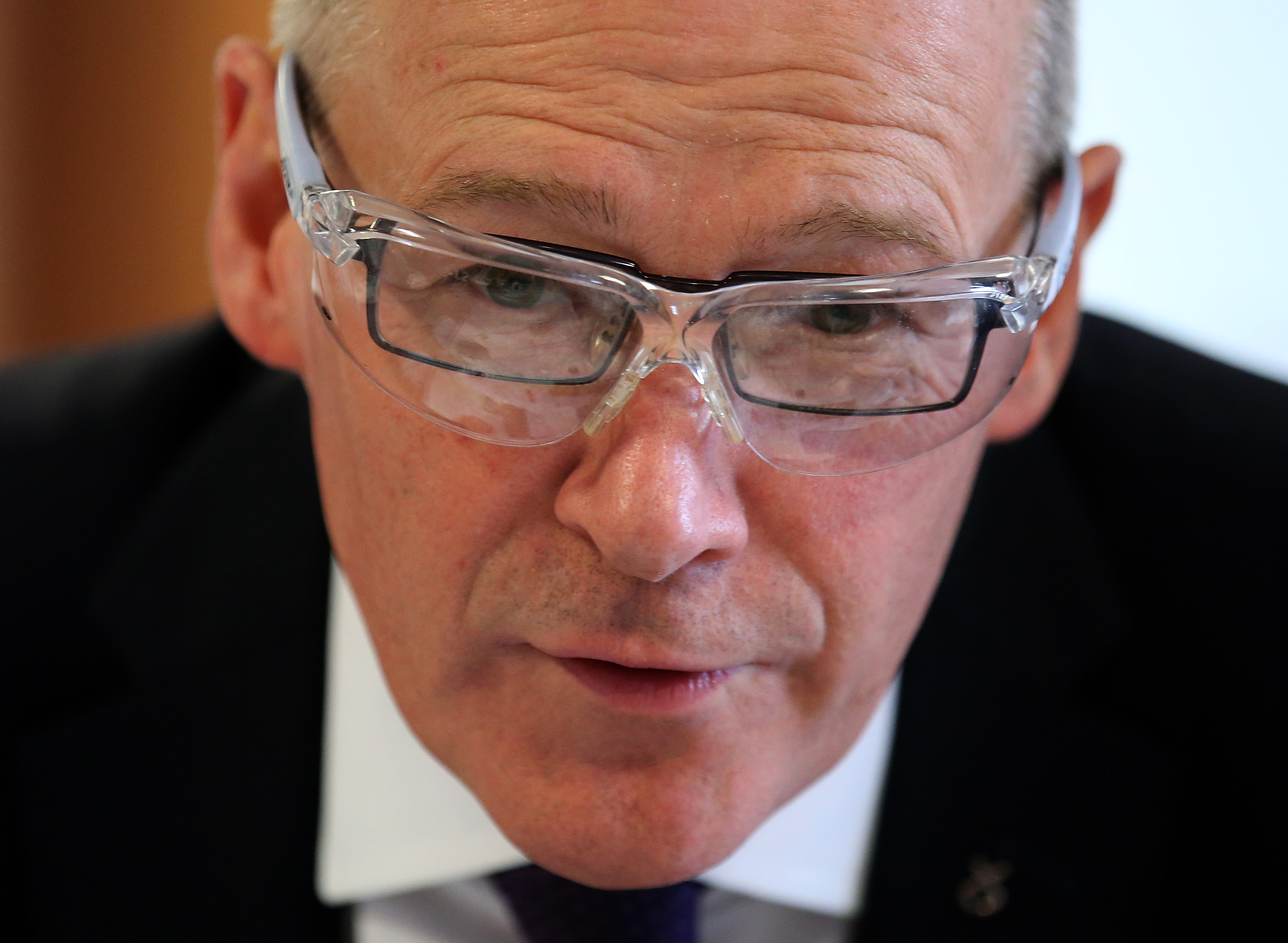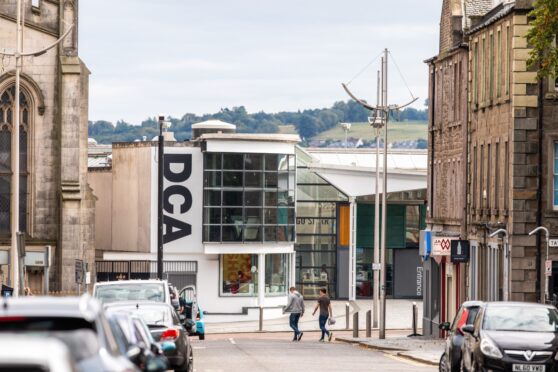The decision by Nicola Sturgeon to hand responsibility for Scottish education from Angela Constance to John Swinney was the single most significant move in her cabinet reshuffle.
For a First Minister who had professed to prioritise this department, the appointment of the unimpressive Constance in 2014 had been puzzling.
But now, albeit belatedly, the Nationalist leader has realised that a bigger beast with a bigger brain is needed for this all important challenge.
In giving the job to her long serving finance secretary and easily the best of her ministerial talent, she is signalling that she means to improve Scotland’s poor schools record, some nine years after the SNP first gained power.
Swinney, of course, has not had an unblemished record running the country’s finances but that’s for another column. Let’s focus on his new job for now.
He inherits a portfolio that has defeated all his predecessors in Scotland, from Constance, to the initially promising but ultimately dismal Mike Russell, to Labour’s equally disappointing Peter Peacock and before him Jack McConnell.
The story of education in Scotland since devolution has been one of decline, with falling literacy and numeracy standards placing the country low down in international league tables and, shockingly for a series of left-wing governments, a growing chasm in attainment between advantaged and disadvantaged children.
For a long time the problems have been allowed to fester while successive ministers, more concerned with their own careers than the country’s future prospects, denied they existed.
The one reform to emerge in the past 16 years is the Curriculum for Excellence, designed to ‘achieve a transformation in education in Scotland’ but actually failing to do much at all.
In a good school, the CfE may be used imaginatively to enhance already sound teaching, but in an underperforming school it is a meaningless tool, loved by neither teachers nor parents.
Against the dramatic reform programme that has swept through English schools in less than a generation, Scotland appears to have gone backwards, to a quasi Victorian era where circumstances of birth dictate educational opportunity.
Will Swinney be able to arrest Scotland’s descent? He has asked for a ‘bit of space and time’ to get to grips with his brief, as teachers threatened to strike over new school qualifications, and parents protested over plans to test primary pupils.
A great deal has been said about his diplomatic skills in handling Scotland’s budgets for nine years, but a cautious and consensual approach is not what’s required now in Scotland.
The overhaul of education south of the border was achieved by the dogged Michael Gove at Westminster, pursuing his academies programme with ruthless intent, a programme he inherited from Tony Blair.
The results are still emerging but there are almost 5,000 academies and many schools in the most deprived areas are unrecognisable since being freed from local authority control.
The state sector is competing favourably against the best funded private schools – in A-levels, England’s 500 top state schools (in places such as London, Liverpool, Manchester and Birmingham) do better than the 500 or so private schools.
When the Good Schools Guide first came out in 1986 it recommended just 10 state schools. Its latest print edition mentions 265, while in its latest digital edition, the number of state schools recommended is 319.
One of the most famous examples is Mossbourne Community Academy in the north London borough of Hackney. Once a lost cause, it still has a quarter of pupils on free school meals but 85 per cent managed to get five good GCSEs last year, well above the national average.
In Scotland, however, where there has been no such classroom revolution, you either have to pay a small fortune to guarantee a good education, or live in one of a tiny handful of high achieving catchment areas, such as East Renfrewshire.
But even though the template for successful schools is there, in England, our new minister is refusing to take a look.
‘Fundamentally, the Scottish government believe in a publicly controlled education system, operating for the public good…that will be reflected in the way I advance the agenda,’ he said. ‘The academy model is not one that’s attractive to me.’
He has yet to spell out the details of what is attractive to him. He did say he would address the dearth of teachers in Scottish schools – reportedly down by 4,000 since the SNP has been in government – but he doesn’t reveal how.
Teachers, like children, need goals and motivation. In England, they have the freedom to run their own schools, a freedom that has produced a stunning turnaround.
Swinney may be a safe pair of hands, and he may be the most experienced and able politician in Sturgeon’s cabinet. But will he have the courage to set Scotland’s schools and teachers free?










